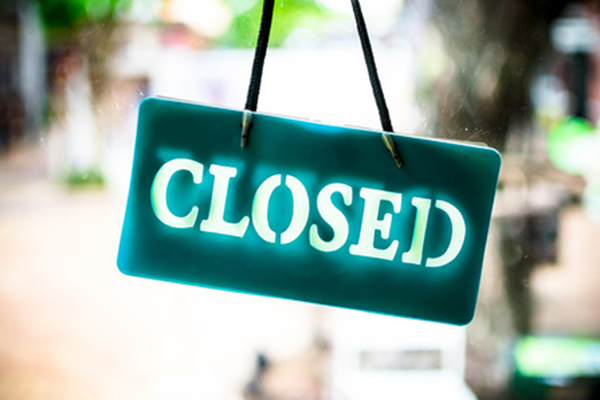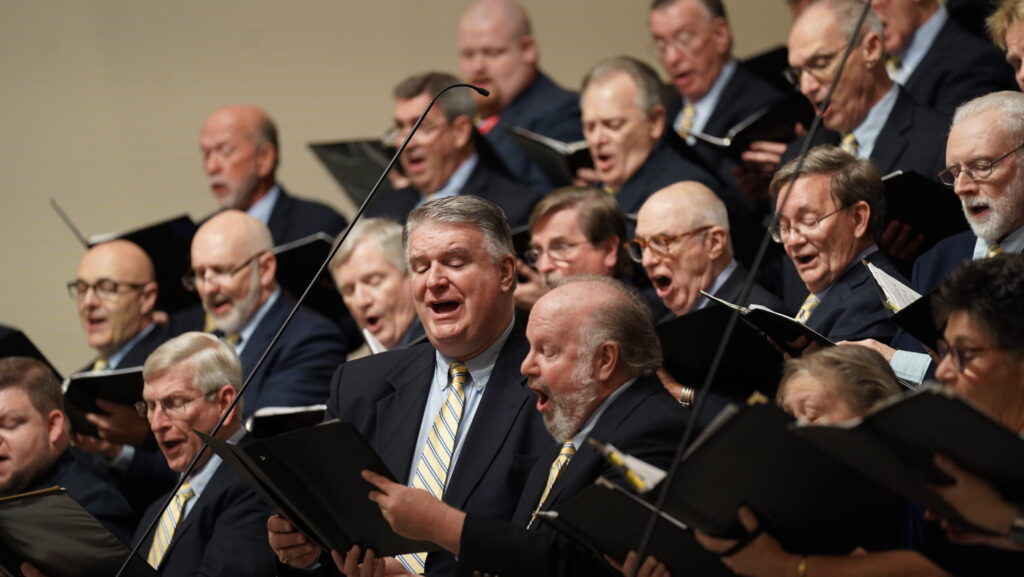By Carrie Brown McWhorter
The Alabama Baptist
One kindergarten classroom full of children — on average that’s how many babies are aborted each day in Alabama.
There is hope, however.
Operation Rescue reported in December that the number of abortion facilities in the U.S. declined in 2017, with clinic closures far outpacing openings. Using data collected through the end of November 2017, Operation Rescue estimates that the total number of abortion facilities in America decreased by 27 from 2016 to 2017.
Nationwide, 49 abortion facilities — 35 surgical and 14 medication-only clinics — closed or halted abortion services, the report said. Only eight new surgical abortion facilities were opened, along with 11 new medication abortion facilities, according to Cheryl Sullenger, senior vice president of Operation Rescue.
Alabama numbers
The number of abortion clinics in Alabama stayed steady from 2016 to 2017. Alabama has seen an overall drop in abortion providers over the past decade, however.
In 2006, Alabama had 10 abortion centers, said Sue Turner, executive director of Alabama Physicians for Life. Today the state has five clinics, one each in the cities of Birmingham, Huntsville, Mobile, Montgomery and Tuscaloosa.
In the Operation Rescue report, which is based on an annual survey of abortion facilities, Sullenger suggests several reasons for the closure of abortion clinics nationwide, including a decreased demand for abortions. She also credits the decline in abortion numbers to successful pro-life activism, failure of facilities to comply with licensing and safety regulations, the decrease in providers willing to perform abortions and new state laws.
The drop in the number of clinics has mirrored a drop in the overall number of abortions performed in the United States.
According to Guttmacher, U.S. abortions in 2014 hit a record low since 1975, two years after the Roe v. Wade Supreme Court decision legalized abortion. In 2014, 926,200 abortions were performed.
The Operation Rescue report also notes that the number of abortion facilities that offer only abortion-inducing drugs is holding steady but is likely to rise. This includes many Planned Parenthood sites, which operate nearly half of all abortion facilities in the U.S. and account for about one-third of all abortions done nationwide, according to
Operation Rescue
“Abortion facilities that provide only abortion drugs comprise an increasing slice … of the abortion pie,” said Troy Newman, president of Operation Rescue.
Usually referred to as chemical or medication abortions, the drugs used for the process carry many risks, Turner said, because they require follow-up care that often is neglected by the women who take them and the abortion providers who give them the drugs.
“There are more complications for chemical abortions than for surgical ones because if everything (inside the woman’s uterus) isn’t expelled, there is a greater risk of infection,” Turner said.
Pro-life advocates are excited about advancements in abortion pill reversal treatment, which uses natural progesterone to counter the effects of abortion medications. The abortion pill reversal process uses injections of progesterone to counteract the effect of mifepristone, the first of a drug duo used in chemical abortions.
After taking the first drug, more than 400 women have called the Abortion Pill Reversal hotline and successfully saved their babies’ lives, according to pro-life organization Heartbeat International.
Turner knows of at least two babies in Alabama born after their mothers took steps to reverse a chemical abortion, and she believes there will be more as more people learn about the treatment.
“This is going to go so far in helping women in the healing process, even if they are unable to save their babies,” Turner said. “It’s a wonderful source of redemption and healing to realize, ‘I made a mistake, but I tried to do something about it.’”
______________________________________________________________
U.S. women who have abortions
• Unmarried women account for 85.2 percent of all abortions.
• Women in their 20s account for the majority of abortions.
• Women ages 15–19 accounted for 11.4 percent of abortions.
• For more than half of women who choose to abort, this was a first abortion.
• The abortion rate among poor women remains the highest (36.6 abortions per 1,000 women of reproductive age) and accounts for
• 9 percent of the nation’s abortions.
Source: CDC, 2013
Why women have abortions
The five most common reasons women choose abortion over birth:
• A concern or responsibility to other individuals.
• The inability to afford the expenses of childrearing.
• The belief that a child will interfere with work, school and/or the ability to care for other dependents.
• The desire not to be a single parent.
• Current problems with a husband or partner.
Source: Guttmacher Institute, 2014
______________________________________________________________
For more information, including referrals to doctors who will provide the abortion pill reversal, visit www.abortionpillreversal.com or call 1-877-558-0333.
Information about 40 Days for Life, an annual prayer and outreach effort that runs from Feb. 14 through March 25, is available at www.40daysforlife.com.






Share with others: